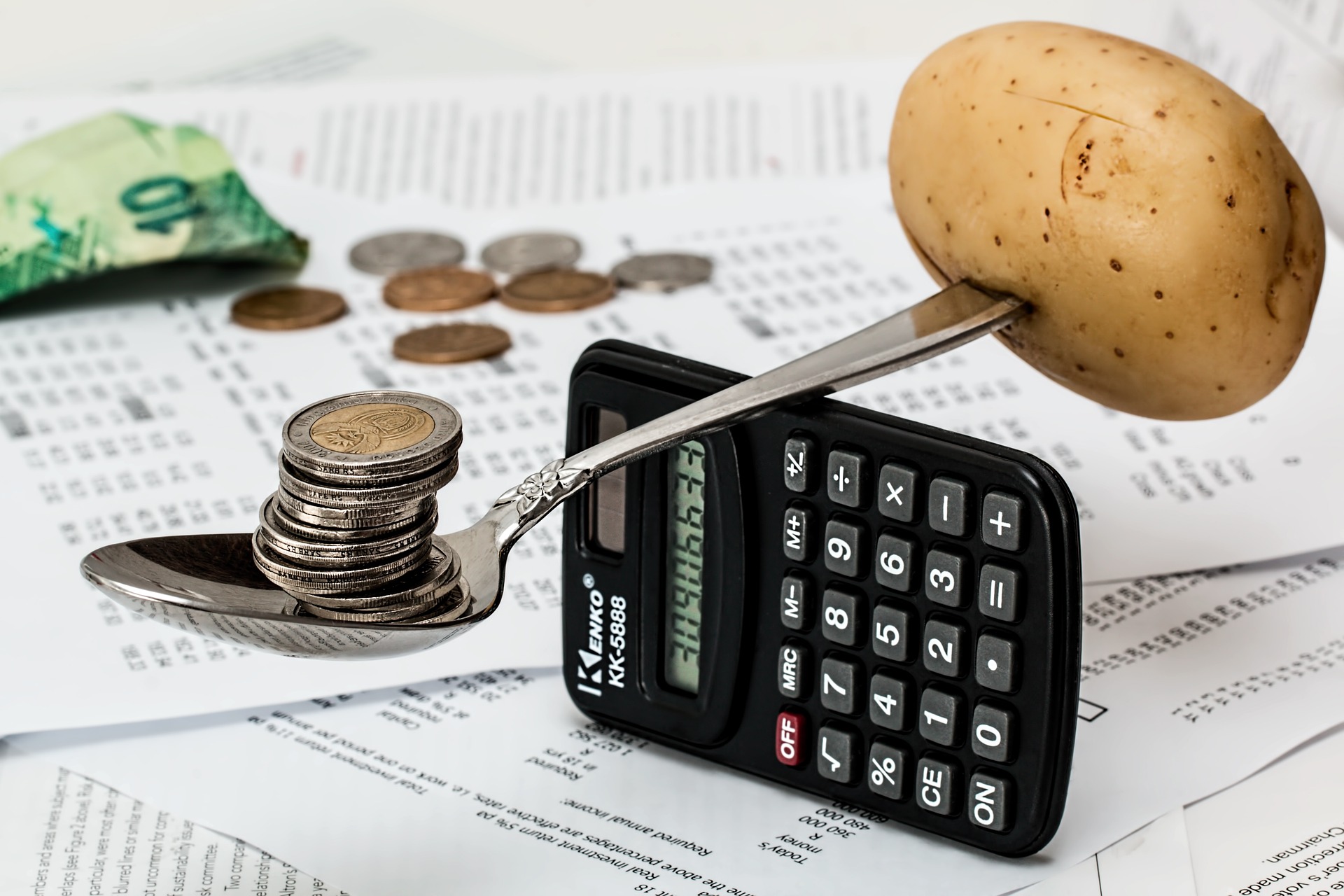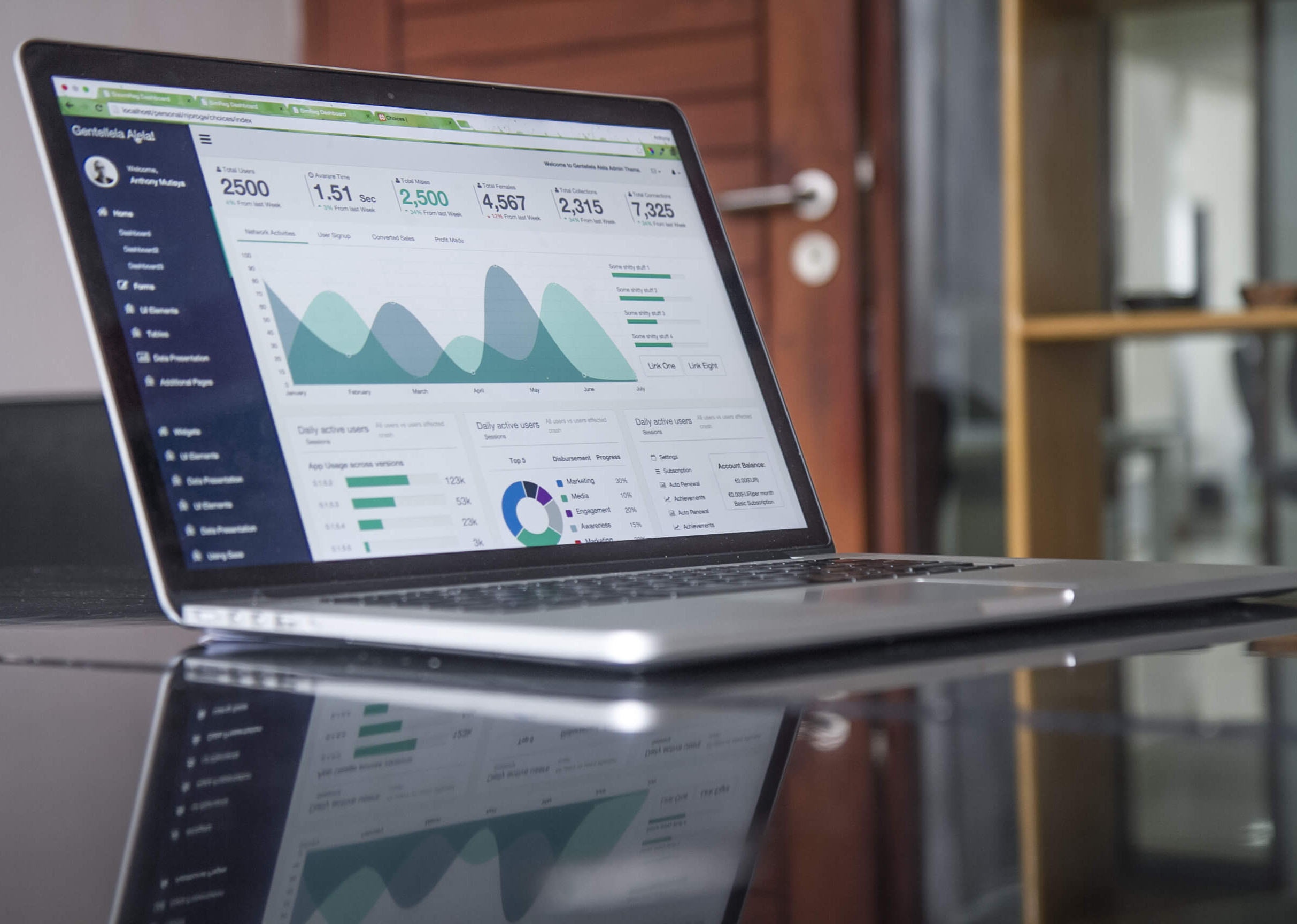Sales Funnel Checklist
Build smarter funnels. Use our sales funnel checklist to map every stage and maximize growth with ease.

There are more ways to set up a sales funnel than there are sales funnels in the world.
That’s why, when you set up your own, it’s easy to miss one or two crucial steps that could have ultimately led to greater conversions, leads, and sales.
Never fear: we’ve put together this handy-dandy checklist, which breaks down every step of the sales funnel creation process. From defining goals to crafting offers, building funnel pages, and optimizing with customer feedback, this checklist streamlines the entire customer journey. And if you want the fastest way to execute it all, a platform like Convertri can make the process seamless.
Key Takeaways:
- A sales funnel checklist provides structure and focus. It ensures you don’t miss crucial steps, so you can smoothly guide prospects from awareness to purchase.
- Optimization and testing drive long-term success. You need to analyze performance and refine based on customer feedback.
- The right funnel builder can simplify the process. Using sales funnel builders like Convertri helps streamline setup and make implementation easier.
Get the funnel builder that scales with you.
What Is a Sales Funnel Checklist?
A sales funnel checklist is a step-by-step framework designed to guide prospective customers from being aware to making a purchase smoothly. It helps businesses ensure that no step of the sales process is overlooked.
It includes exactly what you need to do, from start to finish, to create this simple, 5-step funnel structure:

Ad → Squeeze Page w/Lead Magnet → Email List → Main Offer → Upsells (etc)
Why does this matter? An effective sales funnel is the backbone of a strong marketing strategy. Without structure, you risk losing existing customers, wasting resources on weak marketing campaigns, and missing out on conversions.
A checklist keeps your marketing and sales efforts aligned, helping you attract new leads, convert them into paying customers. And with a drag-and-drop builder like Convertri, you can design, launch, and optimize your funnel faster.
Planning & Preparation
Define Clear Funnel Goals
Before you start, it’s important to get a good idea of what you want to achieve with your sales funnel and what you want to offer. Decide on the main objective of your own sales funnel.
Is it lead generation, direct sales, or nurturing prospective customers?
Having one focused goal makes your funnel more effective.
Understand Your Target Audience
You must identify:
- Your target audience
- Their problem
- Your solution
- The product(s) or service(s) you want included in the offer
- The benefit each product or service provides
- The features of each product or service
Tailor your offers and messaging so that your marketing funnel speaks directly to their challenges.
Map Out Funnel Stages
Clearly define each step in your sales funnel, from awareness to conversion.
- Top of Funnel (TOFU): Use marketing campaigns like blog posts, social media, and videos to attract a wide base of potential customers.
- Middle of Funnel (MOFU): Provide valuable content such as ebooks, webinars, and case studies to nurture leads.
- Bottom of Funnel (BOFU): Convert with optimized sales pages, compelling CTAs, and a streamlined checkout process.
This helps you guide prospective customers through the customer journey with fewer drop-offs.
Build a Marketing Plan
It’s a good idea to have a solid handle on how you’ll drive traffic to your funnel before you start creating it. Put together a marketing plan from this list of options, and create the content. Just two or three methods are more than enough for a solid foundation, and don’t pick more than you can focus on:
- Social media posts
- Blog posts
- Guest articles
- Videos
- Interviews (podcasts or videos)
- Email marketing
- Affiliate offers
Choose a Funnel Type
Not all funnels are created equal. Decide between a marketing funnel focused on leads, a sales-driven funnel for revenue, or hybrids like webinar funnels.
If you’re unsure, Convertri’s ready-made funnel templates can guide you toward the structure that best fits your goals.
Create a Lead Magnet
Commission or create a free lead magnet to promote your offer and build your email list. If you’re not sure what to offer, here are some ideas:
- Report
- Case study
- Whitepaper
- Newsletter
- Tutorial
- Video series
- Ebook
- Checklist
- Planner
- Printables
Offer valuable content. This will grow your email list and support email marketing campaigns.
Build Funnel Pages
It’s time to write your pages. Include each page below, don’t forget to connect your autoresponder forms, and check the next step for an easy-to-follow sales page outline:
- Squeeze Page
- Thank You (lead magnet download)
- Sales Page (main offer, see below)
- Checkout Pages
- Upsell/Downsell Pages
- Thank You Pages
Set Up Email Sequences
You should create an autoresponder list to deliver your lead magnet to subscribers and direct them towards the main product in your funnel. You can create this message using autoresponder services such as Mailchimp or Infusionsoft.
Here’s a simple sequence:
- Thank you, and the download link
- Follow-up introducing your main offer
- Reminder about your main offer
- Urgency email
- Final message
Convert with optimized sales pages and a streamlined checkout process. With Convertri, you get a drag-and-drop editor, lightning-fast page load speeds, and built-in shopping cart features, making this process much smoother.
Every sale starts with a funnel. Make yours by starting here.
Optimization & Execution
Analyze Each Stage of the Funnel
Consistently analyze sales funnel performance. Track conversions, drop-offs, and engagement at each stage.
Optimize Landing Pages
Ensure clarity, clean design, and CTAs that align with your marketing efforts. Test variations to improve sales funnel performance.
Enhance Product Pages
Now you’ve collated enough information about your target audience and offer, write the sales page according to this simple outline:
- Headline – make it attention-grabbing
- Introduction – introduce the problem your target audience is suffering from
- Reveal – position your service or product as the solution
- Proof – add social proof or testimonials
- Features and benefits – a shock-and-awe list of everything they’ll get
- Urgency – encourage them to act now, for example, with a limited offer
- Call to action – tell them how and where they can buy
Highlight how your offer solves the target audience’s pain points.
Streamline the Checkout Process
Remove friction. Offer multiple payment methods, transparent pricing, and guest checkout.
Leverage Upselling and Cross-Selling
Now that you’ve done a lot of the behind-the-scenes work, it’s time to review your funnel so far and expand if you can. Check for opportunities to:
- Upsell – when and where can you offer the next higher-priced product to your customer?
- Cross-sell – when and where can you offer complementary or supplementary products to your customer?
- Down-sell – when and where could you grab back attention with a lower-priced product?
- Create special promotions – where and when could you introduce special promotions to your customers?
Personalize Customer Interactions
Use data to tailor offers, emails, and product recommendations. Personalization improves the customer journey and boosts customer acquisition cost efficiency.
Offer Clear Shipping and Return Policies
Transparent policies build trust and help reduce drop-offs during checkout.
Develop Retargeting Campaigns
Once you’ve published your funnel, you should set up systems to collect data about:
- Email messages’ click-through rates
- Calls to action and links on sales pages
- Email open rate
- Landing page conversions
- Profits and sales for each customer and offer
Re-engage prospective customers who didn’t convert the first time with ads and personalized marketing efforts.
Test, Launch, and Promote Your Funnel
After reviewing your sales funnel’s performance over time, you can choose to split test to see if you can optimise for further conversions. If you’re not sure where to start, here’s an idea of what you can tweak to see how your audience responds:
- Button colours
- Microcopy (such as 404 errors, page titles, footer text, and other small portions of
- copies that aren’t the CTA)
- Call to action
- Headline
- Layout
- Fonts
- Lead magnet
- Offer
- Price

Continuous Optimization and Improvement
Funnel success isn’t “set and forget.” To maintain a successful sales funnel, keep testing, adapting, and learning from customer feedback.
Following these steps will give you a solid, profitable funnel you can make sales from almost immediately. Don’t forget to connect all your forms, spread the word about your funnel, and keep in touch with your subscribers.
And when you want a platform that brings it all together—fast-loading pages and split testing—Convertri is one of the best options to make your sales funnel checklist a reality.
Next Steps
Not everyone puts this much effort into planning out a sales funnel before they begin. But that’s how you’ll gain the edge over your competition. Gaining an intimate knowledge of your sales funnel’s working parts will help identify what’s working well, what isn’t performing as expected, and how to fix things if explosions occur.
Once you get used to the process, nothing is stopping you from getting creative and subverting the structure, adding extra steps and goodies for your customer to keep them coming back for more.
Ready to take your funnel to the next level? Try Convertri today and see how it stacks up against other funnel builders.
Have you found these instructions useful? Have a sales funnel of your own that you’re proud of? Let us know in the comments!





